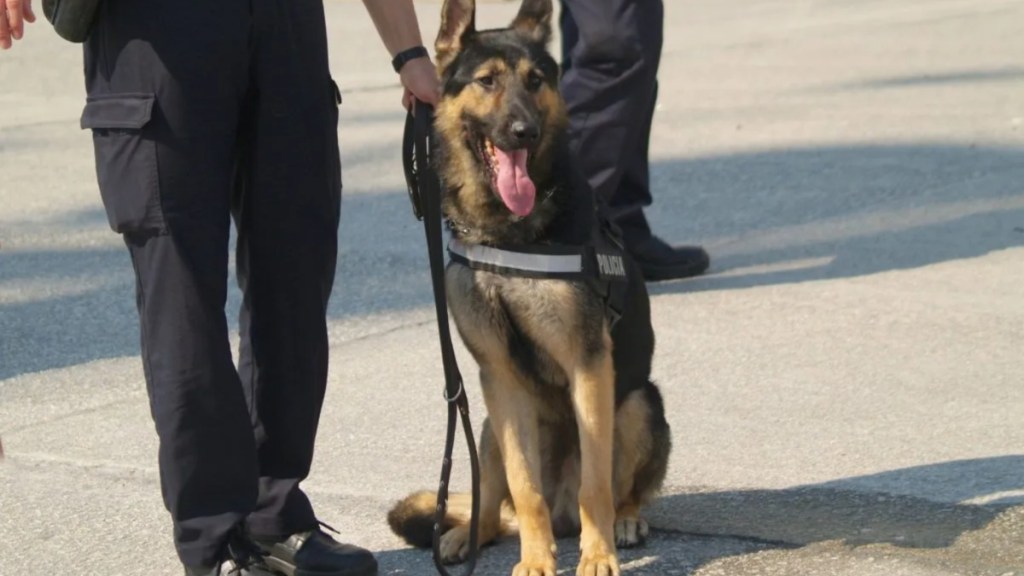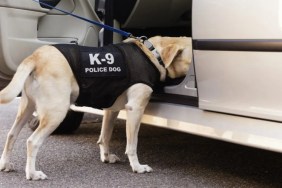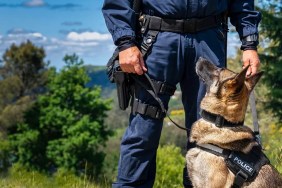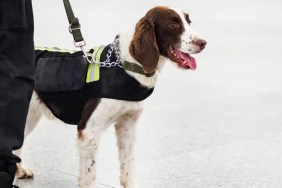With specialized training, NYPD dogs like Louis, Qaid, Hugh, and Robbie are offering law enforcement a unique advantage in detecting hidden electronic devices used by criminals. Their refined sniffing skills and sense of detection, sometimes unachievable by human investigators, make them a powerful resource for the NYPD’s K9 unit.
How do dogs sniff out electronics?
NYPD officer Matthew Gullo attributes this remarkable talent to the dogs’ innate sense of smell. According to Gullo, electronic devices are identifiable due to their chemical composition — particularly the two key chemical compounds they all have in common, Triphenylphosphine oxide and Hydroxycyclohexyl phenyl ketone. It is the distinctive scent of these chemicals, used in electronic manufacturing to protect against flame and moisture, that alerts the dogs to the presence of hidden devices.
Often, officers themselves find electronics recovered in police operations or during the execution of search warrants. However, increasingly, the NYPD’s Critical Response Command calls in its K9 unit to ensure they haven’t overlooked any hidden devices. “We’re like an insurance policy, just to make sure nothing was missed,” explains Sgt. Jaime Sitko.
Not finding a device doesn’t necessarily indicate failure, according to the K9 officers. On the contrary, even in fruitless searches, these officers view their duty as important. Their training is constant, taking place even when they are off-duty, and involves family members who engage in hiding their devices for the dogs to find. Moreover, their diet consists of one treat at a time, rather than the traditional twice-a-day meal — according to the Daily News.
Each dog was first trained as a seeing-eye dog before becoming an electronics detection unit, officially known as “electronics storage device detection dogs.” So far, they have located more than 250 devices — an average of one per week — since the unit’s establishment in April 2019.
The technique, pioneered by the Connecticut State Police in 2016, has become an invaluable tool in evidence collection in criminal cases.









